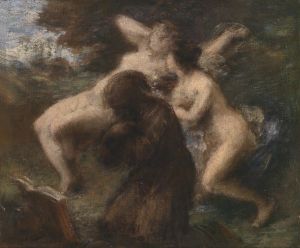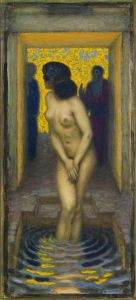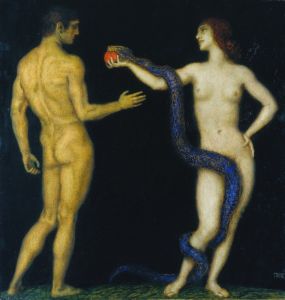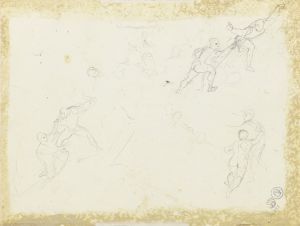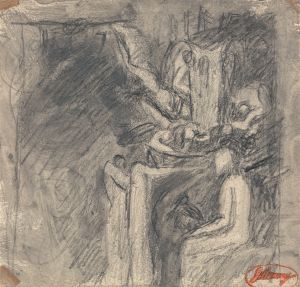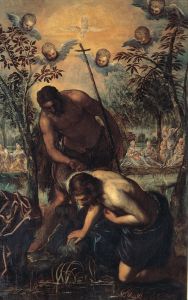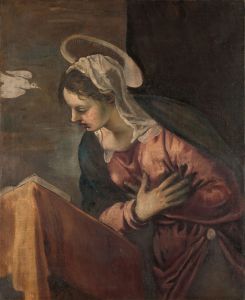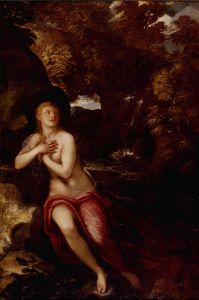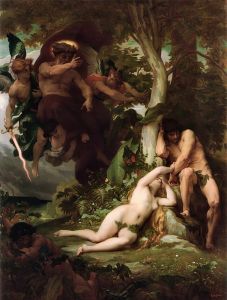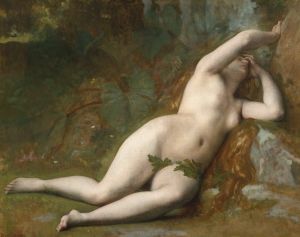
Susanna And The Elders
A hand-painted replica of Jacopo Tintoretto’s masterpiece Susanna And The Elders, meticulously crafted by professional artists to capture the true essence of the original. Each piece is created with museum-quality canvas and rare mineral pigments, carefully painted by experienced artists with delicate brushstrokes and rich, layered colors to perfectly recreate the texture of the original artwork. Unlike machine-printed reproductions, this hand-painted version brings the painting to life, infused with the artist’s emotions and skill in every stroke. Whether for personal collection or home decoration, it instantly elevates the artistic atmosphere of any space.
"Susanna and the Elders" is a painting attributed to the Italian Renaissance artist Jacopo Tintoretto (1518–1594). Tintoretto, whose real name was Jacopo Robusti, was a prominent Venetian painter known for his dynamic compositions, dramatic use of light and shadow, and vigorous brushwork. This painting depicts the biblical story of Susanna, as recounted in the Book of Daniel, a tale that has been a popular subject in Western art.
The story of Susanna involves a virtuous and beautiful woman who is spied upon by two elders while she bathes. When she rejects their advances, they falsely accuse her of adultery, a crime punishable by death. Ultimately, her innocence is proven through the intervention of the prophet Daniel. The narrative has often been interpreted as a moral lesson about virtue, justice, and the abuse of power.
Tintoretto's depiction of this scene is notable for its emphasis on the psychological tension and the voyeuristic nature of the elders. In the painting, Susanna is shown seated near a fountain or a pool, partially undressed, with her body turned away from the viewer. Her pose conveys a sense of modesty and vulnerability. The two elders are positioned in the background, partially obscured by foliage, as they spy on her. Tintoretto's use of light highlights Susanna's figure, drawing attention to her innocence and purity, while the darker tones surrounding the elders emphasize their sinister intentions.
The composition reflects Tintoretto's mastery of perspective and spatial arrangement. The figures are arranged in a way that creates depth and movement, guiding the viewer's eye through the scene. The artist's characteristic loose and energetic brushstrokes are evident in the rendering of textures, such as the soft folds of Susanna's drapery and the foliage in the background.
While the exact date of the painting's creation is not definitively known, it is generally believed to have been completed during Tintoretto's mature period, when he was producing some of his most celebrated works. The painting is often praised for its emotional intensity and the way it captures the moral and ethical undertones of the biblical narrative.
"Susanna and the Elders" by Tintoretto is housed in various collections, with multiple versions attributed to the artist or his workshop. As with many works from this period, questions of attribution and provenance can arise, but the painting remains an important example of Tintoretto's ability to convey complex narratives through his art.





